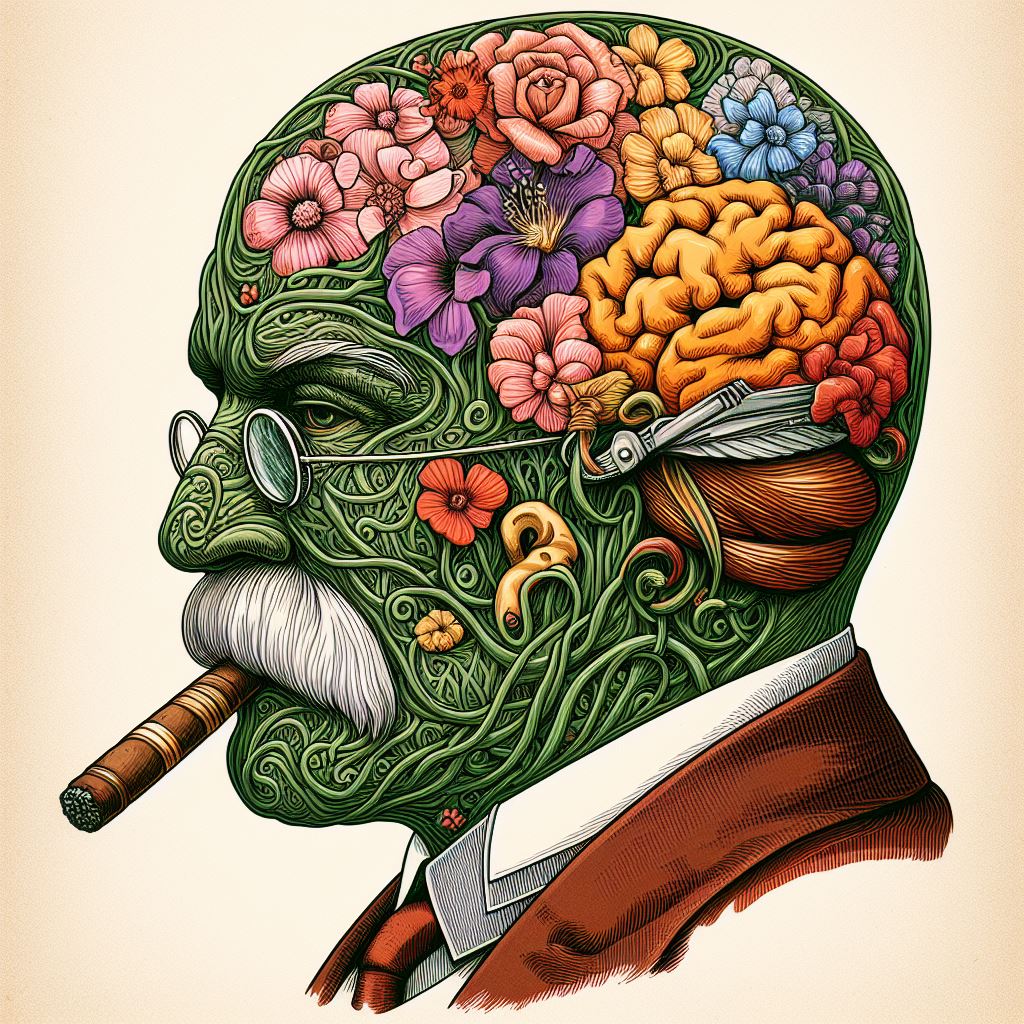BRAIN and DREAMING
BRAIN and DREAMING
- Connection of White Matter Lesions to Dreaming:
- The cessation of dreaming due to white matter lesions can be related to Mark Solms’ pioneering research in neuropsychoanalysis, where he proposes that the forebrain, particularly the frontal lobes, is crucial for dreaming. This connection can be examined using advanced neuroimaging techniques like diffusion tensor imaging (DTI), which assesses white matter tract integrity and could provide insights into how disruptions in these tracts impact dreaming. Solms’ findings are documented extensively in his works, including his influential book The Neuropsychology of Dreams (1997).
- Impact of Bilateral Basal Ganglia Lesions:
- The observed ‘blank mind’ syndrome aligns with J. Allan Hobson’s Activation-Input-Modulation (AIM) model, suggesting that neurotransmitter activity crucially influences dream content. Exploring this connection can benefit from a comparative analysis of dream reports in patients with basal ganglia lesions versus controls, similar to the studies Hobson discusses in his work, Dreaming: An Introduction to the Science of Sleep (2002).
- Lucid Dreaming:
- Lucid dreaming as a conscious awareness during REM sleep has been the focus of numerous studies, such as those by Ursula Voss, whose 2009 paper in Sleep elaborated on the specific neural substrates activated during lucid dreaming. Voss’s research highlights increased gamma activity in the frontal and temporal brain regions, suggesting a bridge between dreaming and conscious awareness.
- Neurological Insights from Lucid Dreaming:
- The role of regions like the precuneus in lucid dreaming can be related to Steven Laureys’ studies on consciousness, particularly his research on how specific brain regions contribute to self-awareness and conscious thought, as detailed in his article in Neuroscience and Biobehavioral Reviews (2005).
- EEG alterations in lucid dreaming, indicating patterns similar to wakefulness, could be discussed in relation to Giulio Tononi’s Integrated Information Theory, which proposes that consciousness arises from highly integrated information. Tononi’s theory, discussed in his comprehensive article in BMC Neuroscience (2008), provides a framework for understanding the significant EEG changes observed during lucid dreaming.
- Functional Connectivity and Lucid Dreaming:
- The enhanced connectivity between the anterior prefrontal cortex and insight-related regions can be explored through studies employing functional MRI. This aspect of lucid dreaming might be analyzed through the lens of recent functional connectivity research, which links brain network dynamics to cognitive functions, such as those findings published in The Journal of Neuroscience (2016).
- Physical Actions in Lucid Dreams:
- The brain’s simulation of actions during lucid dreams offers a unique perspective on motor planning and the theory of embodied cognition. Research on mirror neurons, for example, provides insights into how the brain processes executed and observed actions, which could parallel the neural activities during imagined actions in dreams. This connection can be highlighted by referring to Rizzolatti and Craighero’s seminal work in Annual Review of Neuroscience (2004).
